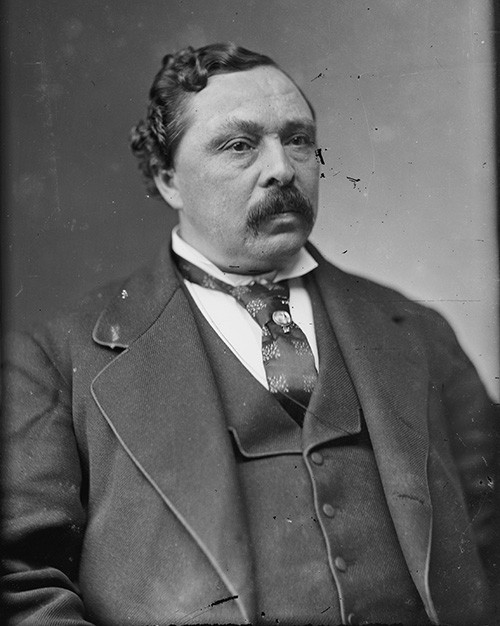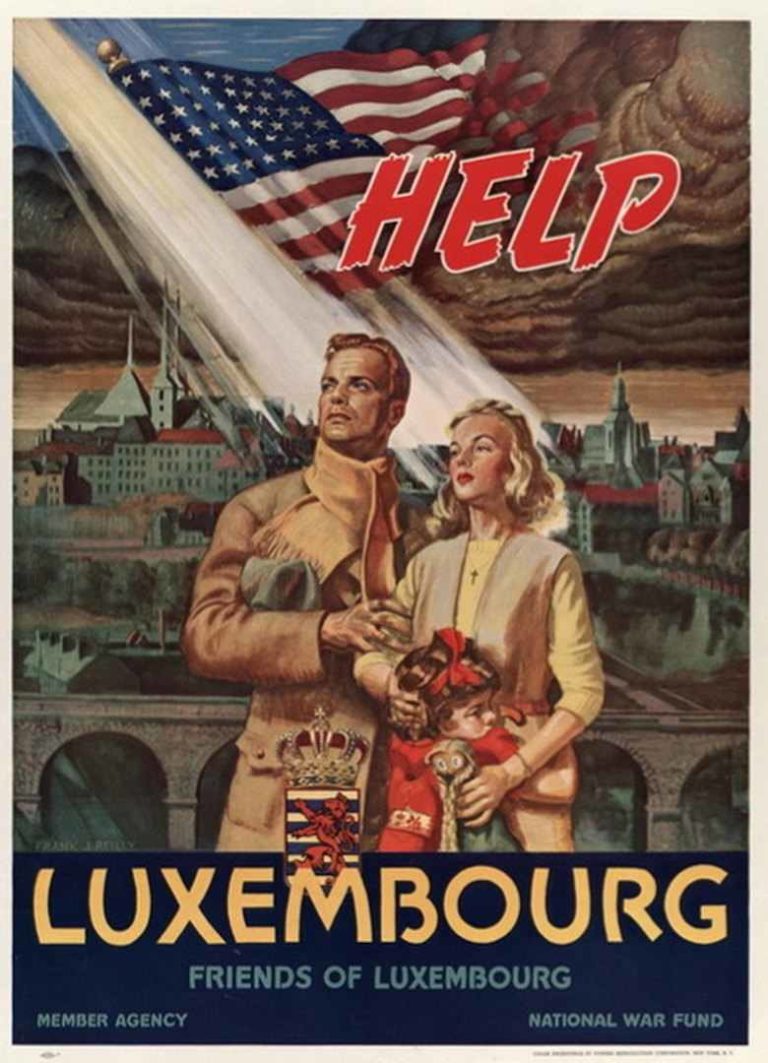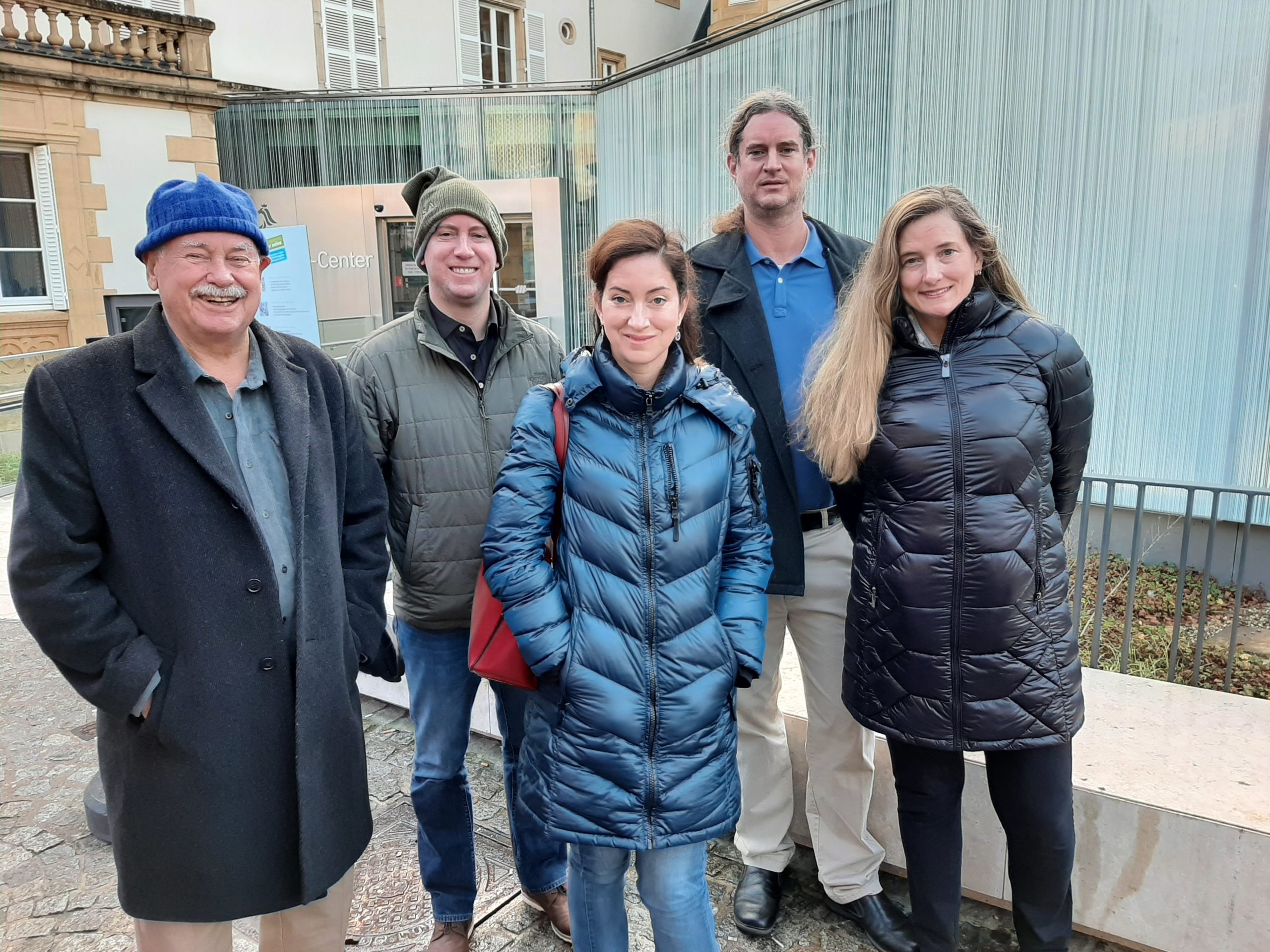Meet The Luxembourg Dual Citizen-Owned Businesses! – Click Here To Learn More
The Luxembourgish-American Ancestors
Updated: January 25th, 2023
Written by: Daniel Atz with Lauren Lowell
From 1841-1890, approximately 45,000 Luxembourgers left the Grand Duchy for the United States. Now, over 12,000 of their descendants have obtained dual citizenship in Luxembourg.
Who were these ancestors? How does their history affect these new dual citizens today? We explore.
The Luxembourgish-American Ancestors
Updated: January 25th, 2023
Written by: Daniel Atz with Lauren Lowell
From 1841-1890, approximately 45,000 Luxembourgers left the Grand Duchy for the United States. Now, over 4,500 of their descendants made an initial application to reclaim Luxembourg citizenship.
Who were these ancestors? How does their history affect these new dual citizens today? We explore.
Background
Our research study on the American-Luxembourgers is based on 1,029 dual citizens. This includes LuxCitizenship clients as well as non-clients who participated in an open survey of confirmed dual citizens through ancestry. This study is based on their 223 ancestors. In this first section of our study, we dive into the story of Luxembourgish immigration to the USA to explain who our dual citizens’ ancestors are and how these ancestors’ stories affect the new citizens reconnecting with Luxembourg today.
Video: American-Luxembourg Dual Citizen Jeff eloquently explains about his ancestry from Luxembourg and the connections to his family in Luxembourg. This was part of a 2020 video campaign at the outbreak of Covid-19
Video: American-Luxembourg Dual Citizen Jeff eloquently explains about his ancestry from Luxembourg and the connections to his family in Luxembourg. This was part of a 2020 video campaign at the outbreak of Covid-19
Our research study on the American-Luxembourgers is based on 1,029 dual citizens. This includes LuxCitizenship clients as well as non-clients who participated in an open survey of confirmed dual citizens through ancestry. This study is based on their 223 ancestors. In this first section of our study, we dive into the story of Luxembourgish immigration to the USA to explain who our dual citizens’ ancestors are and how these ancestors’ stories affect the new citizens reconnecting with Luxembourg today.
Why Did So Many Luxembourgers Migrate?
Once upon a time, in 1815 specifically, Luxembourg regained its independence from France. The downside? It became a personal possession of the new Dutch king and was occupied by Prussian troops.
Ancestor Location of Birth
The Napoleonic Code, a leftover from France, didn’t help much because it forced landowners to divide their properties equally among all their children for inheritance purposes.
By the 1840s, advances in medicine drastically reduced infant mortality. Families grew larger and larger, while their farming plots grew so small that many couldn’t feed themselves, let alone make a living.
By the 1840s, advances in medicine drastically reduced infant mortality. Families grew larger and larger, while their farming plots grew so small that many couldn’t feed themselves, let alone make a living.
Due to suffering from poverty and famine, huge numbers would decide to leave the Grand Duchy for good.
Graph: The 1,029 participants in our study descended from 223 Luxembourg ancestors. These 223 ancestors were born in 147 different towns across all 12 of Luxembourg’s cantons.
Graph: The 1,029 participants in our study descended from 223 Luxembourg ancestors. These 223 ancestors were born in 147 different towns across all 12 of Luxembourg’s cantons.
The Napoleonic Code, a leftover from France, didn’t help much because it forced landowners to divide their properties equally among all their children for inheritance purposes.
By the 1840s, advances in medicine drastically reduced infant mortality. Families grew larger and larger, while their farming plots grew so small that many couldn’t feed themselves, let alone make a living.
By the 1840s, advances in medicine drastically reduced infant mortality. Families grew larger and larger, while their farming plots grew so small that many couldn’t feed themselves, let alone make a living.
Due to suffering from poverty and famine, huge numbers would decide to leave the Grand Duchy for good.
Humble Beginnings: The 1st 🇱🇺🇺🇸 Migratory Wave (1830-40s)
Following shortly after the first wave of Luxembourgish migrants to Brazil in 1828, different groups of Luxembourgers left for new opportunities in North America in the 1830s.
The first wave of Luxembourgish migration to the USA was by far the smallest, but was larger than the numbers that arrived in Brazil. This first wave of Luxembourgers came to the USA from 1830 to the mid-1840s.
The Luxembourgers would generally arrive through Louisiana, New York, and Maryland. Many settled in Western New York state and another large group settled in Ohio. As railroads developed, some of the Luxembourgers continued their migration inland.
By comparison to the other two waves, very few of the ancestors we studied belong to this early migratory wave to the US.
- Port of Entry
- States of Settlement
- Cities of Settlement
Picking Up Steam: The 2nd 🇱🇺🇺🇸 Migratory Wave (1846-60)
Up until the early 19th century, it took as long to travel from Luxembourg to Paris as from Luxembourg to the United States. Exactly at the same time as faster transport arrived, the news of free ground in the United States began to spread.
Video: American-Luxembourg Dual Citizen Tom explains about his ancestry from Luxembourg and the impact on his family’s story. This was part of a 2020 video campaign at the outbreak of Covid-19.
Large numbers of Luxembourgers set out for the US and very many of them would know the name Derulle-Wigreux. According to the Library of Congress, most of the Luxembourg migrants in the second wave came through this Luxembourg City-based travel agent.
Coming from land-starved Luxembourg, the promise of free ground in the Midwest drew the Luxembourgers in droves. Communities set up in Chicago and Aurora, Illinois, Wisconsin’s Ozaukee, Sheboygan, and LaCrosse Counties, Minnesota’s Winona and Wabasha Counties, and in Iowa’s Dubuque and Jackson Counties.
31% of our dual citizens’ ancestors settled in the counties above. 17% of all their ancestors settling in the counties of Aurora and Cook, Illinois alone.
Lux-Explosion: The 3rd 🇱🇺🇺🇸 Migratory Wave (1865-1900)
A little thing called the American Civil War (1861-1865) made immigration to the US slow down for a while. All the same, some Luxembourg ancestors would arrive and enlist in the war shortly after.
Immigration never stopped during the American Civil War, and it really took off after. This is also due to the Homestead Act of 1862, which made land available to the average person instead of only rich landowners.
Many of these migrants also made their homes in the Midwest, notably settling in the Dakota, Stearns and Houston Counties in Minnesota as well as Kossuth and Black Hawk Counties in Iowa. Smaller Communities also set up in the states of Nebraska and South Dakota.
- State of Settlement
- Port of Entry
- City of Settlement
9% of our dual citizens’ ancestors lived in these counties, but many more lived in other locations within these states. So, it seems our citizens’ ancestors tended to spread out; possibly due to more free land.
Immigration never stopped during the American Civil War, and it really took off after. This is also due to the Homestead Act of 1862, which made land available to the average person instead of only rich landowners.
Many of these migrants also made their homes in the Midwest, notably settling in the Dakota, Stearns and Houston Counties in Minnesota as well as Kossuth and Black Hawk Counties in Iowa. Smaller Communities also set up in the states of Nebraska and South Dakota.
9% of our dual citizens’ ancestors lived in these counties, but many more lived in other locations within these states. So, it seems our citizens’ ancestors tended to spread out; possibly due to more free land.
Die Luxemburger in der Neuen Welt
Starting in 1880, Luxembourgish social life flourished in the United States. More communities were established. The existing ones grew stronger and more connected.

These thriving communities created a strong sense of identity for the immigrants. National Luxembourgish-American social organizations helped expand community networks and facilitate more immigration.
The Luxembourgish-Americans also started their own nationally distributed German language newspapers. It was important to them to have periodicals independent of Prussian influence.
These Luxembourgish Americans achieved great things too! Some well-known names from this time include Hugo Gernsback, Red Faber, Paul O. Husting, Nicholas Muller, and Edward Steichen.
Image: Nicholas Muller was born in Differdange in 1836, migrated to the US, and became a congressman.
Image: Nicholas Muller was born in Differdange in 1836, migrated to the US, and became a congressman.
These thriving communities created a strong sense of identity for the immigrants. National Luxembourgish-American social organizations helped expand community networks and facilitate more immigration.
The Luxembourgish-Americans also started their own nationally distributed German language newspapers. It was important to them to have periodicals independent of Prussian influence.
These Luxembourgish Americans achieved great things too! Some well-known names from this time include Hugo Gernsback, Red Faber, Paul O. Husting, Nicholas Muller, and Edward Steichen.
Luxembourgish-Americans in the 20th Century
Since their first arrival in the United States, many to most Luxembourgers were confused with Germans, Belgians, and Frenchmen. This became a problem in the early 20th century.
At the outbreak of World War I, there was immense social and government pressure to not speak German in the United States. As a result, many Luxembourgers were forbidden to speak their mother tongue. This immense social pressure would last well after the war, leaving an eternal scar on the Luxembourgish-American communities.
Despite this, the Luxembourgish-Americans remained attached to their culture. They would also play an important part in supporting and liberating Luxembourg during World War II.
Influential Luxembourgish-Americans helped Grand Duchess Charlotte on her goodwill tours of the United States. Many contributed funds to support and rebuild Luxembourg after the war. Some Luxembourgish American soldiers were even there during Luxembourg’s liberation.
Image: The Society of the American Friends of Luxembourg was a national war relief fund formed in 1943. Its mission was to raise funds to support Luxembourg during and after the war.

Image: The Society of the American Friends of Luxembourg was a national war relief fund formed in 1943. Its mission was to raise funds to support Luxembourg during and after the war.
At the outbreak of World War I, there was immense social and government pressure to not speak German in the United States. As a result, many Luxembourgers were forbidden to speak their mother tongue. This immense social pressure would last well after the war, leaving an eternal scar on the Luxembourgish-American communities.
Despite this, the Luxembourgish-Americans remained attached to their culture. They would also play an important part in supporting and liberating Luxembourg during World War II.
Influential Luxembourgish-Americans helped Grand Duchess Charlotte on her goodwill tours of the United States. Many contributed funds to support and rebuild Luxembourg after the war. Some Luxembourgish American soldiers were also there for Luxembourg’s liberation.
So, we’ve learned about Luxembourgish immigration to the US, but who were our American-Luxembourger dual citizens’ ancestors?
About Our Dual Citizens’ Ancestors
We see that the largest group our dual citizens’ ancestors were born from 1840-1870. This means that many came to the United States during the third migratory wave. Also, the general migrations trends that we see for the United States ancestors come about 20 years later than for the Luxembourgish ancestors in Brazil.
Ancestor Gender*
*These numbers are distorted in favor of men due to the Article 7 citizenship procedure, which almost exclusively necessitates a male ancestor.
Ancestor Year of Birth
Luxembourgish – Americans in the 20th Century
Information on when the Luxembourgish ancestors emigrated from Luxembourg is not part of an application for Luxembourg citizenship through ancestry, so we have never systematically recorded this data. Therefore, the only uniform data we have for all the ancestors once they arrive in the United States is when and where they passed away.
One thing we’ve noticed time and time again is that the Luxembourgish immigrants lived quite long lives, several reaching over 100 years old.
Of the ancestors included in our study, the average age at time of passing was 71.5 years old. The national average was 59 years old in 1927 (the average year of death across the group).
Ancestor Age at End of Life
Where Did Our Ancestors Live in the United States?
By the 1940s, over 100,000 people self-identified as Luxembourgish-Americans on the US Census. Some of these people stayed close to the original Luxembourg colonies, but many left to other locations to pursue new opportunities.
Ancestor Location of Emigration
While our dual citizens’ ancestors emigrated from all over Luxembourg, 70.3% ended up settling in Minnesota, Illinois, Wisconsin, and Iowa alone.
The other 29.3% of immigrants settled throughout the country, with other groupings in the states of Kansas, Michigan, New York, and California.
The highest concentration of our ancestors by city in the United States could be found in the greater Chicago and Aurora, Illinois area, which accounted for 72.1% of the Luxembourgers who settled in that state.
Are you ready to learn more about the American Luxembourgers?
Continue on to our American Dual Citizens study to learn more about the applicants themselves.


Learn more about Luxembourg dual citizens.
Our team has put together six interactive studies on Luxembourg dual citizens. Check out our case study portal to continue reading.
Navigate our Case Studies
Learn more about the Luxembourg dual citizens.

Our team has put together six interactive studies on Luxembourg dual citizens. Check out our case study portal to continue reading.
Navigate our Case Studies
